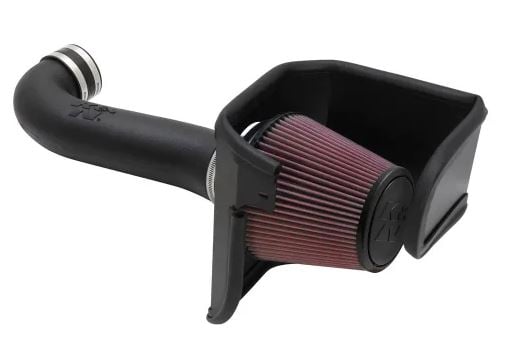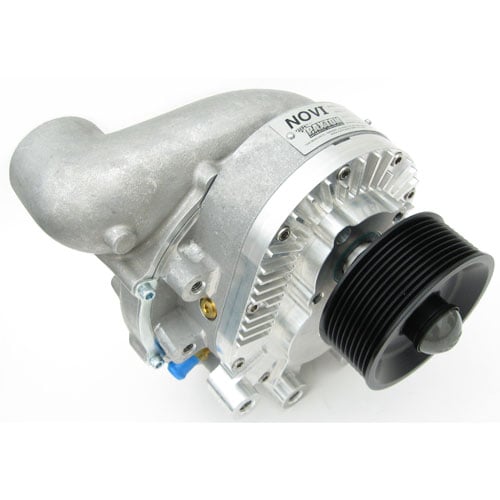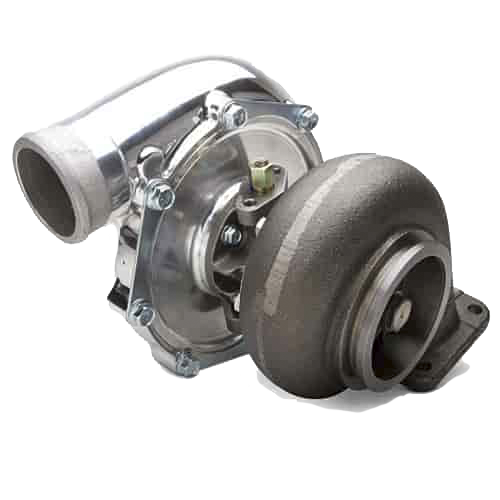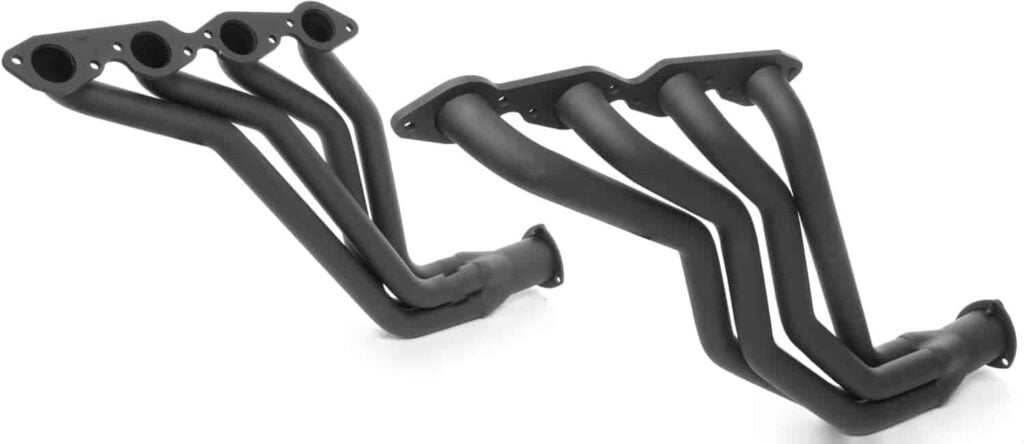Sign up now to join the JEGS email newsletter and be the first to learn about new products, special deals and e-mail only offers!



What are headers on a car, and how do they differ from the exhaust manifold? This is a question that many budding automotive enthusiasts have when they start to explore upgrading their car’s performance. Performance upgrading is a veritable rabbit hole, with so many areas to explore and optimize. In this article, we’re going to take you through the headers vs manifold debate, and explain everything you need to know about these two components.
Are you looking for exhaust headers, manifolds, or other exhaust components? If so, you’ll find them right here at JEGS. Our team of experts is always on hand to assist you if necessary, so don’t hesitate to ask. Together, they’ll even formulate a comprehensive performance plan for your car.
The exhaust manifold is a simple exhaust component that’s installed at the factory. Its purpose is to collect the exhaust gasses coming from your engine and send them down the exhaust pipe. Constructed from thick cast iron or stainless steel, the exhaust manifold typically collects the gasses from multiple cylinders and funnels them into a single tube. An in-line four-cylinder engine or a straight-six engine may have a single exhaust manifold, while a flat-four or V-configuration engine definitely has two exhaust manifolds, one for either bank of cylinders.

A header is an aftermarket modification and upgrade for an exhaust manifold that uses longer, lighter pipes that are carefully tuned to maximize performance. Headers take into account parameters such as the intensity and timing of exhaust pulses, aiming to extract more performance from your engine as a result.
While an exhaust manifold typically sees three to four pipes converge into one, a header may see four pipes converging into two, and these two pipes once again converging into one, for example. The pipework may also incorporate more bends and twists to better fit within your engine bay with little to no modifications.
The inside of a header is smoother and has gentler bends, so the exhaust gasses flow faster and easier out of the engine, and with less turbulence. It allows for faster revving and more responsive performance.

Sign up now to join the JEGS email newsletter and be the first to learn about new products, special deals and e-mail only offers!

Let’s take a look at some of the differences between exhaust manifolds and headers.
For many performance enthusiasts, replacing their exhaust manifold(s) with a header(s) isn’t going to give them noticeable performance enhancements unless they’ve done some corresponding modifications to the rest of the exhaust system, as well as the engine’s intake, fueling, and ECU mapping.
At the very least, a header installation should be paired with a total revamp of your vehicle’s exhaust system, which includes freer-flowing pipes and mufflers too. Fitting a header(s) to your existing restrictive exhaust system and stock muffler may not realize many benefits but it is wholly dependent on the car in question.
Let’s look at a few things you can do to improve your car’s performance with some simple mods.
Upgrade your engine’s intake to a freer-flowing system with a high-flow air filter and shorter intake piping. This will also increase induction noise which some enthusiasts like.

Think about a computer programmer or ECU reflash, as this can help unlock a few extra horses from your engine. However, you should get this done by a professional, preferably one who has worked on the same engine type and model as your car before.

If your car is an older type that uses a carb rather than electronic fuel injection, upgrading to EFI with a system such as the Holley Sniper will provide gains in power as well as reliability. You no longer have to worry about carb tuning from time to time.

Another worthwhile upgrade is to replace an old ignition system with a modern digital ignition system. This is particularly useful for older cars with distributors or contract breaker systems.

If you want to retain the carbureted nature of your car, consider upgrading the carbs to something beefier. For example, several muscle cars from the Sixties and Seventies offered 4-barrel upgrades from the factory, so if you’ve got one of those cars, this is a worthwhile avenue to pursue.

Upgrading engine components such as installing a mild cam or fast road cam can also help with gaining more power.

If you want to go big, a turbocharger or supercharger is the Next Big Thing. However, you’ll need to ensure that your intake and exhaust systems can handle the increased load, as well as your engine’s innards.


Jeg Coughlin noticed the demand for performance parts for drag racers in 1960, and decided to do something about it. Thus, he founded JEGS to ensure that enthusiasts never need to worry about their automotive performance enhancement requirements again. Today, managed by the second generation of the Coughlin family, JEGS offers a fantastic range of go-faster parts for conceivably every vehicle in our market. If you’re unsure of where to start, just talk to our team and they’ll help you make a plan. With competitive prices and comprehensive warranties where applicable, you’ll be smiling every step of the way.




